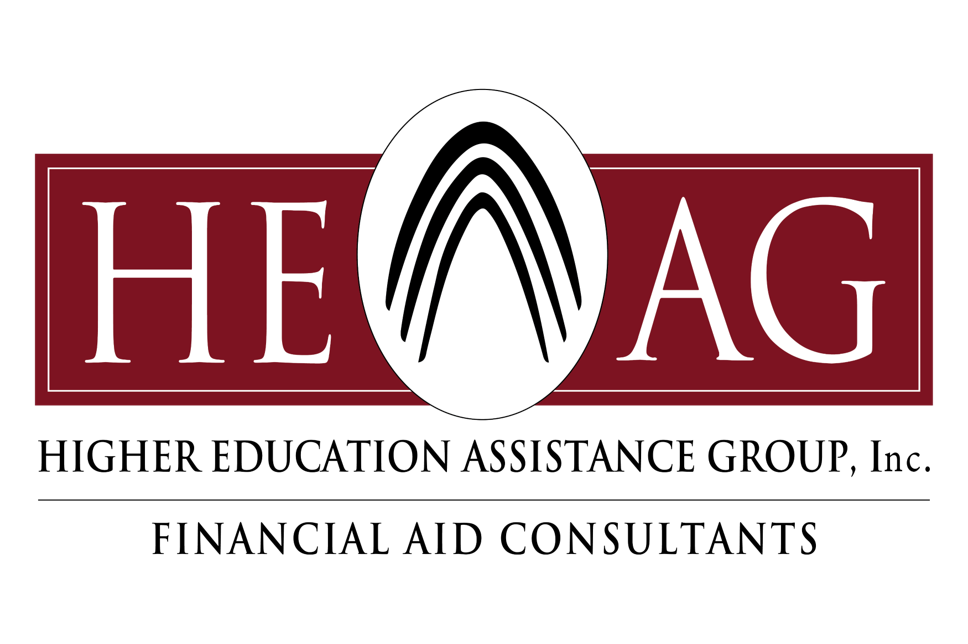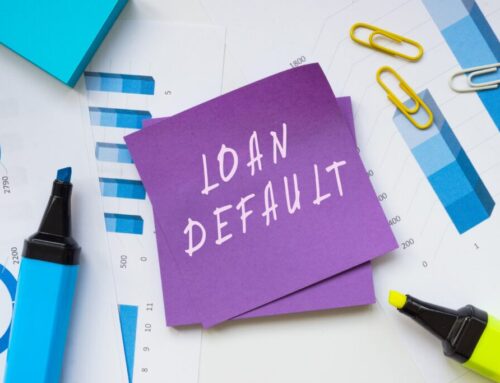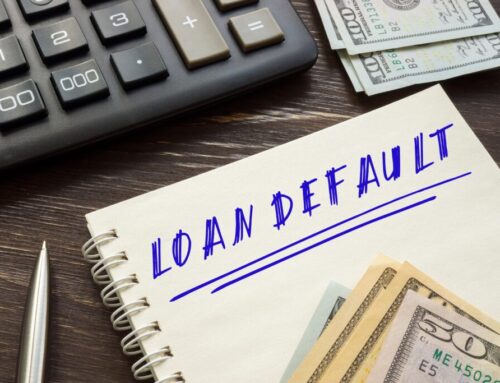This is the time of year we typically talk about draft Cohort Default Rate (CDR) and managing your institutions CDR throughout the year. In light of the now almost three-year pause on most federal student loan payments, the number of borrowers in the Federal Fiscal Year 2020 (FY20) cohort that could have defaulted during the monitoring period is small if any at all. Why would this be? Read on for our CDR Q & A!
Q: Which borrowers are in the FY20 cohort?
A: These are borrowers with federal subsidized and/or unsubsidized Stafford loans that entered repayment between October 1, 2019 and September 30, 2020. Note that no borrowers entered repayment since the CARES Act paused repayment in March 2020.
Q: What is the monitoring period?
A: This is the period of time that repayment is tracked for the cohort and represents the three federal fiscal years, following the repayment start date, including the fiscal year in which the borrower entered repayment. So, for our FY20 cohort, the timeframe is October 1, 2019 through September 30, 2022.
Q: How is CDR calculated?
A: Except for institutions with a very small number of borrowers in the cohort, the following formula is used: the number of borrowers that defaulted during the monitoring period divided by the number of borrowers in the cohort.
Q: Why should we be concerned with our CDR?
A: There are many reasons to effectively manage and lower default rates, including avoiding some of the more onerous disbursement rules and sanctions for high CDR schools. For more details on how it can impact you, see our February 2022 blog post, What’s the Big Deal with Draft CDR?. Managing and keeping the default rate as low as possible reduces the number of defaulters and the associated risks for students and the school; a “win-win” for everybody!
Q: Why is there a draft CDR?
A: Federal Student Aid (FSA) prepares a draft calculation to offer institutions the opportunity to identify and challenge incorrect information in the borrowers’ records prior to publishing the official CDR. Institutions that don’t try to challenge incorrect data during the draft period cannot request corrections in the official calculation published in the fall.
Q: Why would there be errors in the calculation?
A: By far the most common erroneous data element is borrower separation date. This information in turn determines the enter repayment date and the default date and remember, the entire repayment date determines the borrower’s cohort. Since separation date is determined by the enrollment data reported to National Student Loan Data System (NSLDS), accurate and timely reporting by your institution will result in better quality data.
Q: How do you go about finding and challenging incorrect data?
A: There a number of methods for identifying records with erroneous data and the best way for you will depend on how much time you have and/or the technological resources available to you. See our March 2022 blog post, Draft CDR: Reviewing and Resolving Errors for the details. Challenges are made through the eCDR Appeals system, which can be accessed from FSA’s website under Default Management.
Q: Do I have to wait until my institution’s draft CDR is distributed to try to correct errors that will impact our CDR?
A: Absolutely not! In fact, we encourage you to develop a regular process of reviewing information on NSLDS regardless of cohort or loan status. If you do so, you can be confident that your draft CDR calculation is accurate. See Part 3 of The Cohort Default Rate Guide for resources you can use to get started.
How can the Higher Education Assistance Group help us get a handle on this?
Our regulatory experts can provide everything from staff training to compliance review to an extra set of hands for record review. Email info@heag.us for more information.





